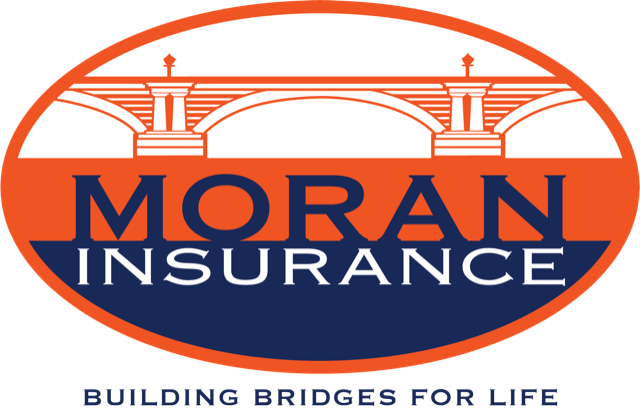- info@moraninsurance.com
- 410.544.3422
696 Ritchie Highway Suite 300 Severna Park, MD 21146
Auto
Auto insurance includes three broad coverage categories designed to protect you from financial loss if you have an accident:
- Property coverage pays for damage to or theft of your car.
- Liability coverage pays for your legal responsibility to others for bodily injury or property damage.
- Medical coverage pays for the cost of treating injuries, rehabilitation and sometimes lost wages and funeral expenses.
Within the three broad coverage categories listed above, an auto insurance policy is comprised of six different kinds of coverage. Most states require you to buy some, but not all, of these coverages. If you’re financing a car, your lender may also have requirements.
- Liability
- Medical payments
- Uninsured motorist/Underinsured motorist
- Damage to your auto
- Personal injury protection (No Fault)
- Additional, optional coverages
In order for your insurance coverage to take effect, all drivers and cars must be specifically listed on your policy. You should also refer to your insurance policy for the specific terms and conditions of the coverage.
Liability
If you have an auto accident, the legal costs could be devastating. Liability coverage offers protection against claims, property damage or bodily injury to a third party that you or a member of your household accidentally caused while driving your car. This coverage applies only if the driver is considered legally responsible for the damage.
In addition, typical liability coverage offers:
- up to $250 for the cost of bail bonds required because of the accident
- premiums on appeal bonds
- interest accrued after a judgment is entered in any suit the carrier defends
- up to $50 each day for loss of earnings because the carrier requested that you attend a hearing or trial
- other reasonable expenses which may be incurred at the carriers request.
Medical payments
The medical payments portion of your policy assures that you, your family members and passengers in your car will receive necessary medical and dental services resulting from an auto accident…regardless of who caused the accident.
Uninsured motorist/Underinsured motorist
Uninsured motorist coverage will pay for injury expenses incurred should you, your family members or passengers be involved in an accident with an uninsured motorist. This coverage also provides protection for a hit-and-run accident or an accident with a driver who has less insurance than required by law.
Underinsured motorist provides coverage when the other driver is found legally responsible for an accident and has coverage, but not enough to cover your injuries. If your coverage limits are higher than those of the at-fault driver, this coverage will absorb the additional expenses.
Un/Underinsured coverage is not identical in all states since each state has its own uninsured motorist laws. In most states this coverage applies to bodily injury only. However, property damage coverage is available in some states.
Damage to your auto
There are two types of physical damage coverages: Collision and Comprehensive.
Collision coverage pays for any damage to your car caused by accidental impact with another vehicle or object…or if your vehicle overturns. The maximum amount to be paid is limited to the actual cash value of your vehicle, which is often referred to as the “local market value,” minus the collision deductible of your policy. Please remember that the local market value is only a starting point. The actual cost of the car may be more or less depending on the actual condition of the car.
Comprehensive coverage pays for most types of damage to your car resulting from a situation other than a collision. Typical examples include breakage of glass, falling objects, fire, theft, windstorm, hail, water, flood, malicious mischief, vandalism, or impact with a bird or animal. The maximum amount paid is limited to the actual cash value of your vehicle minus the “other than collision” or comprehensive deductible.
Situations where damage is not covered. Please be aware that your policy will not pay for damages due to normal wear and tear such as mechanical or electrical breakdowns and flat tires.
Personal injury protection (No-Fault)
Your policy will provide no-fault insurance for residents of states where it is required. This means that you, your family and any passengers are covered under your policy regardless of who is responsible for the accident. This coverage includes medical, surgical, dental, hospital, work loss and certain other related expenses. This same coverage extends to you or your family member in an accident as a pedestrian.
Additional, optional coverages
Some coverages are not included as part of the basic auto policy. However, with some carriers you can customize your policy to your needs by adding the following additional coverages: Towing and labor, Rental reimbursement, Tapes/ Records/CD coverage, CB radio/car phone and customization coverage.


